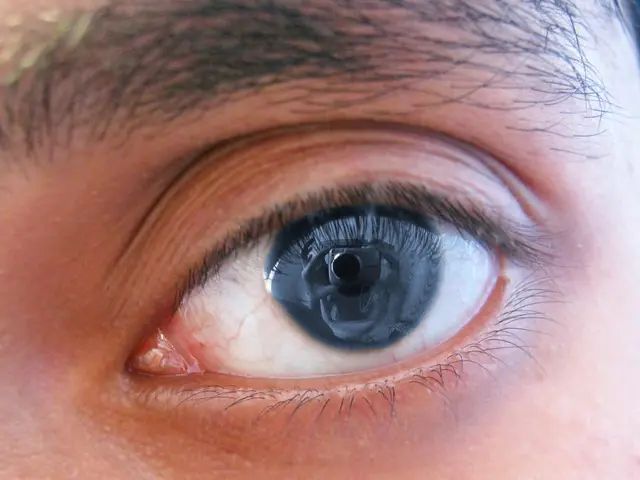Impact of Color on Taste: Experimental Study
Did you ever wonder why a red strawberry tastes sweeter than a green one, or why a red Coke can seems to taste sweeter than a white one? The answer lies in the significant impact that the colour of food and drink has on our perceived taste.
In a series of scientific experiments and studies, it has been revealed that colour plays a crucial role in shaping our taste expectations and perception. For instance, red is commonly associated with sweetness, and in an experiment by psychologist Charles Spence, participants perceived salty popcorn as sweeter when served in a red bowl compared to other colours. This demonstrates how colour primes the brain to expect certain flavours.
Moreover, vibrant and brighter colours increase perceived freshness and flavour quality. People assume foods with more intense, vibrant colours will taste fresher and better. This visual cue can even lead to rejecting food that looks different from expected colours, regardless of actual flavour.
The colour contrast between the food and its surroundings also affects taste perception. Changing plate colours has been shown to increase customer satisfaction by affecting how the food's flavour is perceived, likely due to contrasting colours enhancing the visual appeal.
Similarly, food packaging colour influences perceived flavour. For instance, a red Coke can is linked with a sweeter taste perception. When Coca-Cola released a white-colored can, some customers complained the flavour had changed, although the formula was the same.
However, it is important to note that synthetic food dyes enhance visual appeal but add no flavour. These additives can lead to misleading expectations about taste. Some concerns exist about health effects of these additives, but from a sensory perspective, their main role is to influence perceived flavour through colour.
To explore this fascinating phenomenon, why not try a colour taste test at home? Here's a simple way to conduct the experiment:
1. Gather clear cups, food colouring, soda or juice, and volunteers. 2. Prepare several cups of the same drink, each with a different colour. 3. Ask participants to try each coloured drink and write down what flavour they think it is. 4. Record the results accurately and reliably, using the same amount of food or drink for each test subject and presenting them in a randomized order.
By analysing and interpreting the taste test results, you can determine whether colour and perceived taste correlate. Look for patterns or trends in the data, and consider factors such as individual preferences and expectations.
To ensure a well-organized science fair project, clearly communicate your methods, results, and conclusions in the presentation or report. Additional resources for science fair projects are available, including printable taste test worksheets, science fair board ideas, and easy science fair projects.
In conclusion, colour works as a powerful psychological cue affecting how we perceive taste and flavour in food and drinks. This effect is exploited in product design, packaging, and presentation to influence flavour expectations and satisfaction. So, the next time you take a sip of your favourite cola, remember that the colour might be playing a bigger role than you think!
- Science experiments have revealed that the color of food and drinks significantly impacts our perceived taste.
- Red is often linked with sweetness, as demonstrated in an experiment where participants perceived salty popcorn as sweeter when served in a red bowl.
- Bright and vibrant colors are associated with increased perceived freshness and flavor quality.
- The contrast between food's color and its surroundings can also affect taste perception, enhancing the visual appeal and potentially influencing satisfaction.
- Food packaging color can influence perceived flavor, such as a red Coke can being linked with a sweeter taste.
- However, synthetic food dyes, while enhancing visual appeal, do not enhance flavor and can lead to misleading taste expectations.
- To explore this phenomenon further, try conducting a color taste test at home using clear cups, soda or juice, food coloring, and volunteers.
- Analyze and interpret the test results, and consider factors such as individual preferences and expectations as part of a science fair project, presenting your methods, results, and conclusions clearly.




